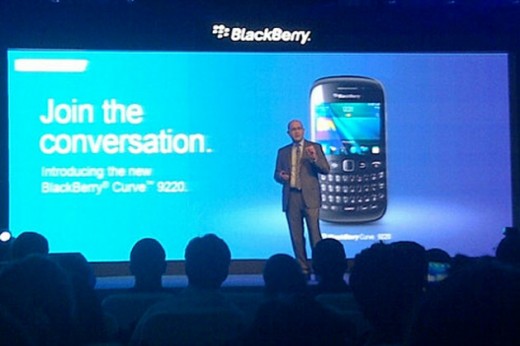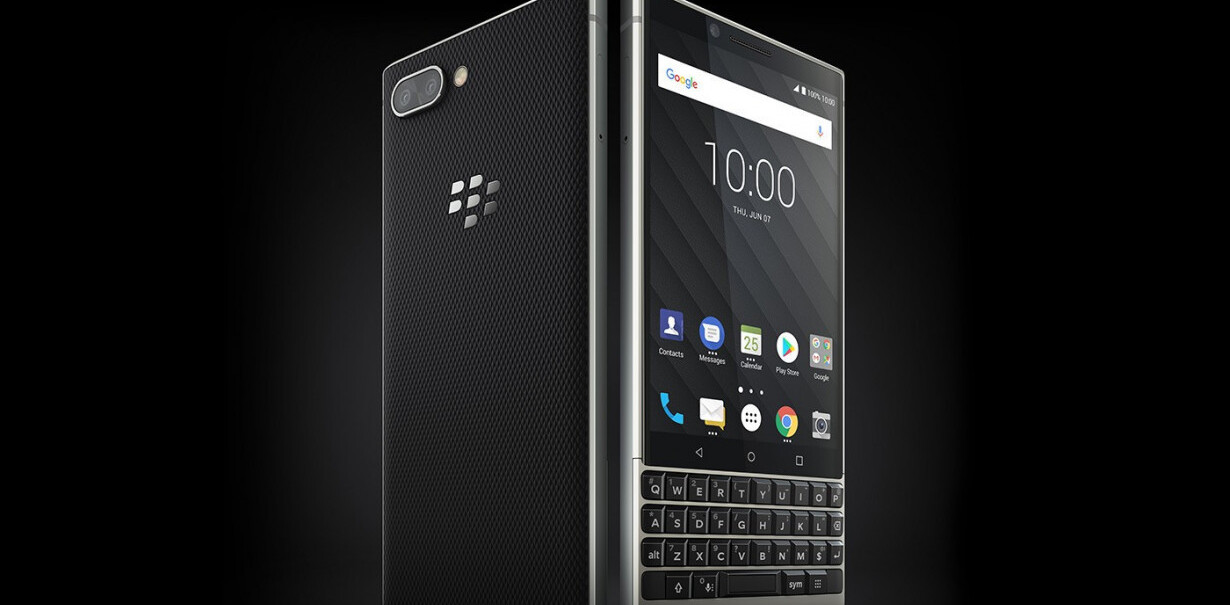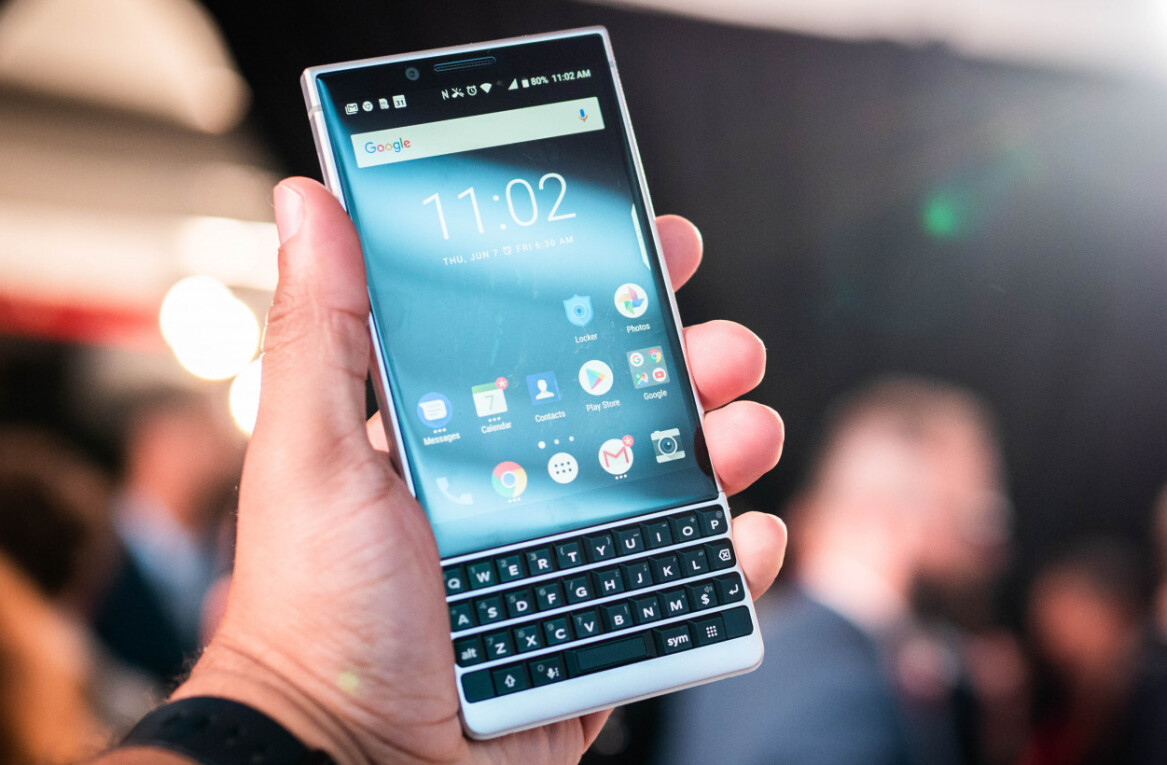
Research In Motion (RIM) is adopting a ‘back to basics’ approach with its latest smartphone, the BlackBerry Curve 9220, which launched in India today ahead of a phased rollout across Asia.
The device itself is nothing spectacular. As BGR India details, it is based on BlackBerry OS 7.1, with a 2.44-inch QVGA display, Wi-Fi support, inbuilt radio, basic 2 megapixel camera and 2G suppport only. The real beauty is in the price, which is $215 (10,990 INR).
Despite the company’s much publicised issues in North America — it is no longer Canada’s top smartphone and losing ground in the US — the company’s phones continue to perform well in emerging markets, and Asia in particular.
The Curve 9220 is aimed at supporting this growth and, in addition to a tighter focus on sales in India, Southeast Asia and the Middle East, the device sees the company’s BlackBerry smartphones become more affordable, appealing to a new customer demographic.
As we speculated earlier this year, the growth in Android shipments (and demand) in Asia is putting RIM under more pressure than ever before. Though it doesn’t provide statistics for market share, the company has prioritized Indonesia, and to a lesser extent Thailand, Malaysia and India, and these markets are considered its strongest globally.
While the wide range of Android device is providing an app-centric smartphone experience at the fraction of the cost of an iPhone, the Curve 9220 sees RIM aim at a cheaper market segment, where its BBM (BlackBerry Messenger) service, email and other basic apps are likely to appeal.
RIM calls the development of budget devices a “parallel approach.” The firm’s upcoming BB10 range will still focus on higher end users, but the low-end focus on affordability is aimed at the feature phone users, who account for 81 percent of device owners in Asia.
“We’re really trying to build on and help those people who are moving from feature phone to smartphone. We believe we can be successful in that,” Patrick Spence, RIM’s global sales chief, told Reuters.
The approach is a logical one, and the device will come to Indonesia and other markets “in the coming weeks” as BlackBerry moves to develop its position in Asia, and other emerging regions.
While it’s top-end devices are battling with Apple, Android and others, to varying degrees of success depending on your opinion, the move to reach first time smartphone owners is a logical one that can significantly boost its market share and develop a new army of BlackBerry fans.
However, with Nokia targeting ‘the next billion’, Microsoft bringing Windows Phone 7 to Asia and a range of local Android-based phone cropping up across the region, RIM’s smart play will still see it come up against strong opposition once again.
Get the TNW newsletter
Get the most important tech news in your inbox each week.





